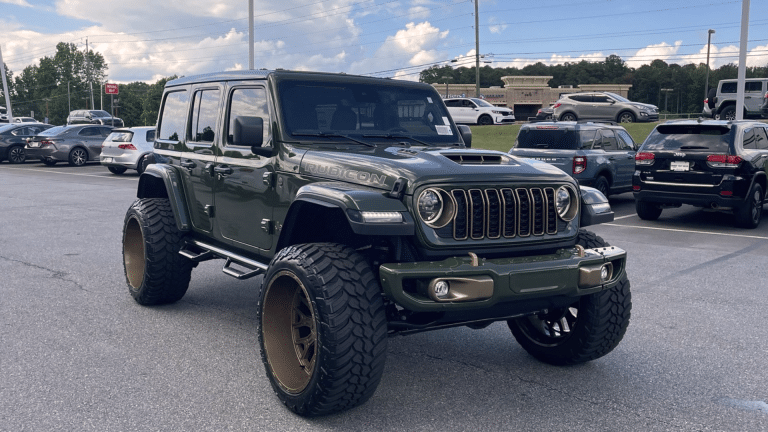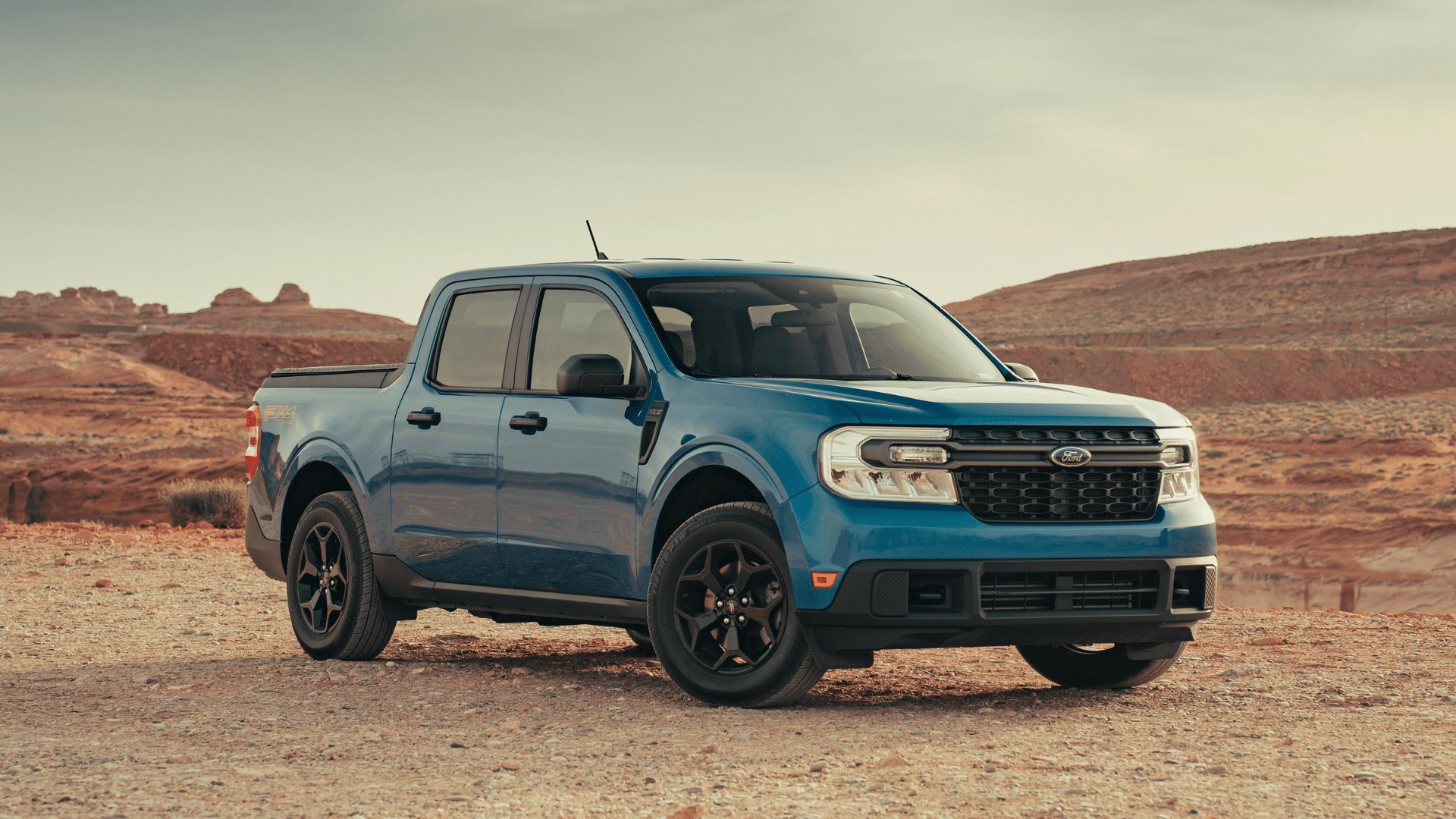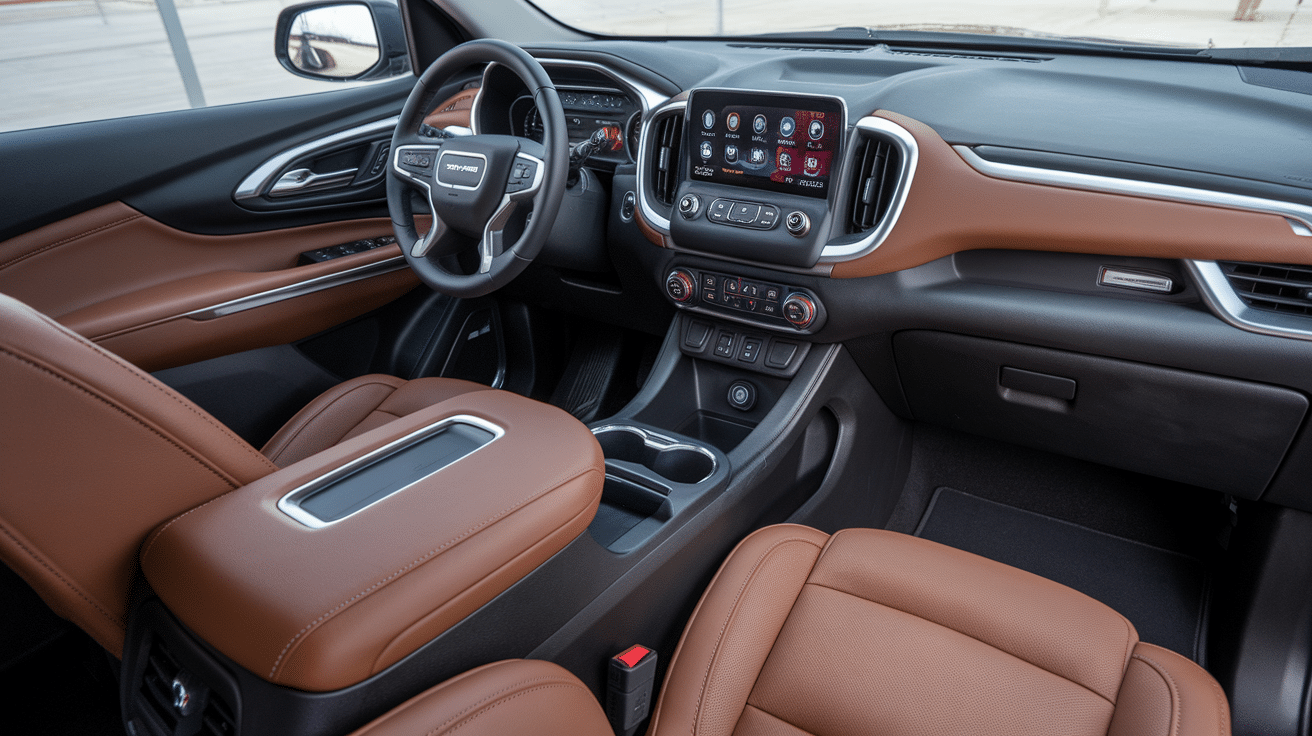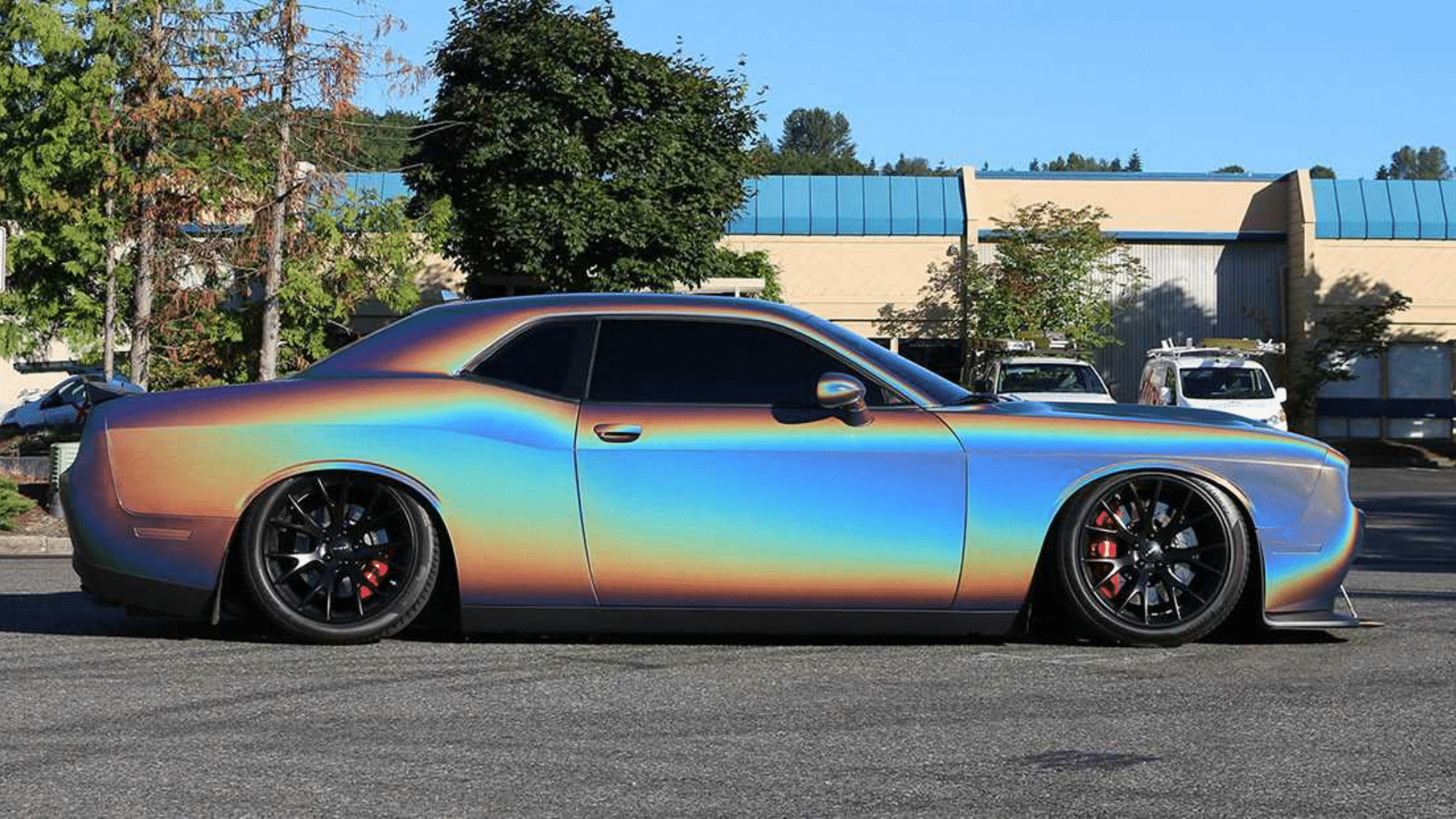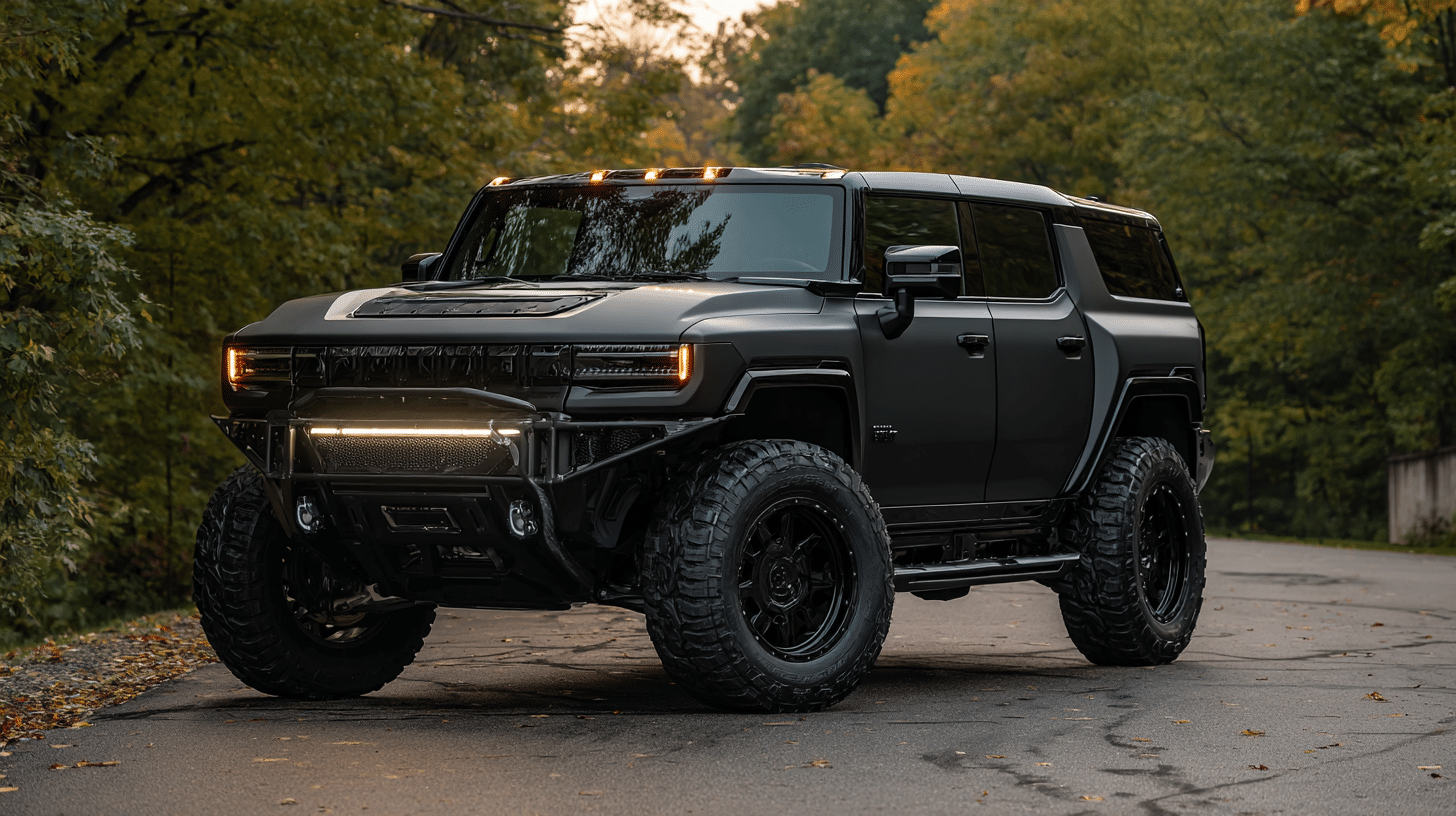If you’re looking to understand the Jeep 392’s towing capacity, you’re in the right place.
Towing ability matters when you need to move heavy loads, and the Jeep 392 has specific capabilities that can make a difference for your work or recreation.
My article will cover:
- What is the max towing capacity of the 392?
- How does it compare to other Wranglers?
- What should you know before towing with it?
The 392 is known for its V8 power and strong performance. But towing isn’t just about horsepower. You need to know what the numbers mean for real use.
By the end, you’ll have a better understanding of what the 392 can handle and if it fits your towing needs. Let’s get started.
Understanding Towing Capacity
Towing capacity isn’t just a number; it’s a limit set for safety.
It tells you how much your Jeep 392 can pull without risking damage or control issues. Just because a vehicle looks powerful doesn’t mean it can tow anything.
Knowing the limit helps you tow safely and avoid problems. Towing capacity tells you the maximum weight your vehicle can pull without breaking a sweat.
Pulling a trailer that’s too heavy can lead to handling issues, stress on your vehicle, and safety risks.
Why Towing Limits Matter
When you respect your vehicle’s towing limits, you protect:
- Engine health: No unnecessary strain
- Brake performance: Stops work when you need it
- Transmission: Prevents costly damage
- Overall safety: Keeps you and others on the road secure
Pro tip: Overloading isn’t just risky, it can void your warranty and create dangerous driving conditions. Your Jeep 392 has plenty of power, but it still has limits.
The golden rule? Know your numbers. Check your owner’s manual, understand your specific model’s limits, and tow smartly.
Simple Guide to Towing Terms
Towing talk can sound like a foreign language. Let’s break down the most important terms so you can speak fluent trailer-pulling in no time.
1. Gross Vehicle Weight Rating (GVWR)
Think of GVWR as your Jeep’s all-you-can-eat weight limit. It includes the vehicle’s own weight, all passengers, cargo, fuel, and any other items being carried.
Example: Your Jeep 392 packed with passengers, camping gear, and a full tank of gas? That total weight is what GVWR refers to.
2. Gross Combined Weight Rating (GCWR)
GCWR is the total combined weight of your vehicle, the trailer, and everything inside both.
For example, that includes your Jeep, four passengers, gear, and the loaded trailer. It’s the full weight your setup can safely handle.
3. Tongue Weight
The literal pressure point of towing. It’s the downward force where your trailer connects to the hitch.
Too little? Your trailer might sway. Too much? You’ll stress your vehicle’s rear end.
Pro tip: Aim for about 10-15% of your trailer’s total weight on the tongue. This helps with stability and safer towing.
4. Curb Weight
This is your Jeep’s base weight, what it weighs from the factory with no passengers, no gear, and no trailer. Think of it like stepping on a scale without holding anything.
Bottom line: These numbers aren’t just boring stats. They’re your roadmap to safe, smooth towing. Ignore them at your own risk!
Factors that Affect the Towing Capacity of Your Jeep 392
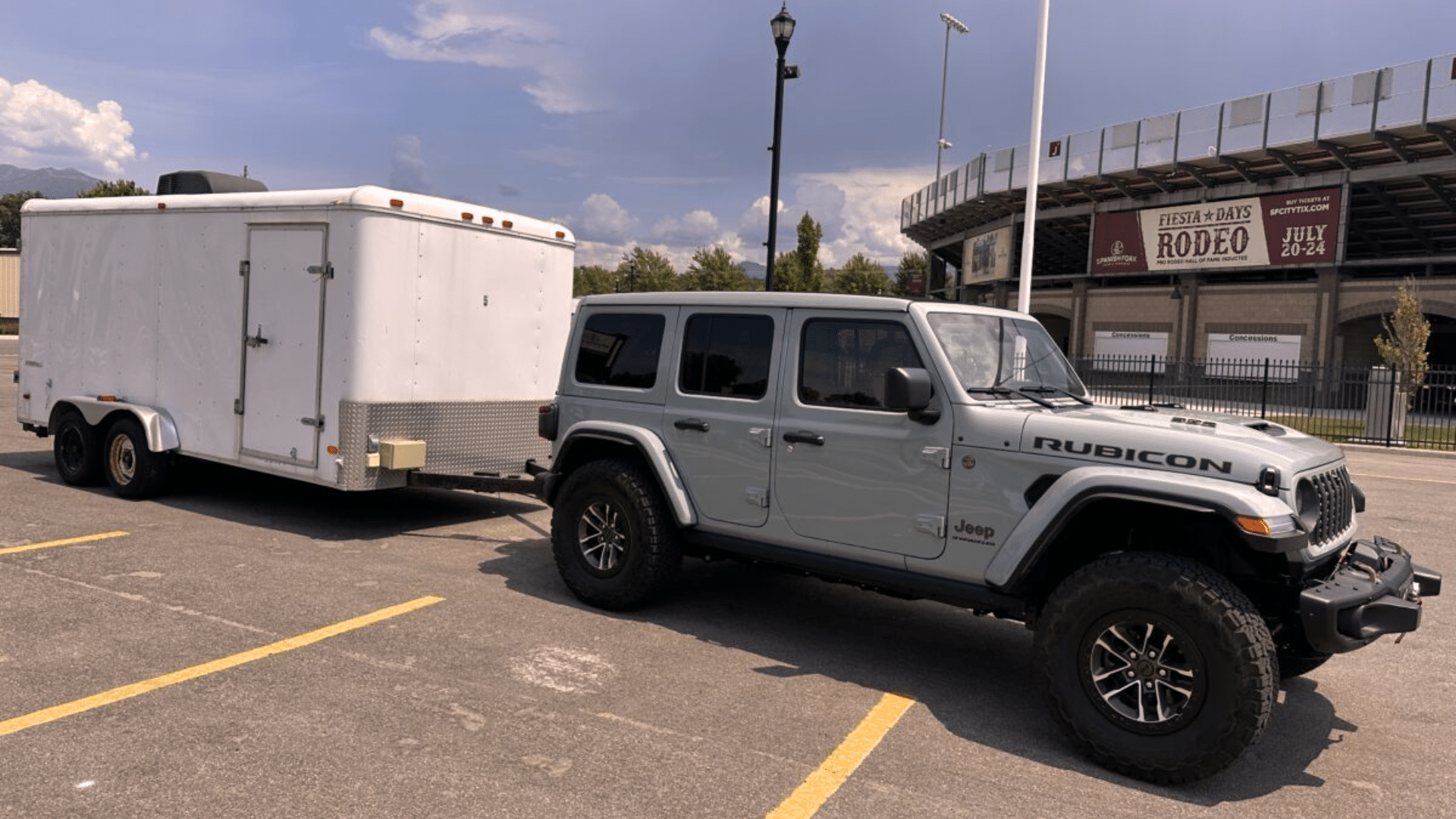
Just because your Jeep 392 can tow 3,500 pounds doesn’t mean you should every single time. Towing is like a complex dance. Multiple factors can trip you up.
1. Passenger and Cargo Load
Every person and item you load into your Jeep reduces how much you can tow. It works like a balance; the more weight inside the vehicle, the less you have left for the trailer.
Bringing five friends and a cooler of gear? That weight comes out of your available towing capacity.
2. Trailer Type and Balance
Not all trailers are created equal. A perfectly balanced trailer feels like it’s almost floating behind you. An unbalanced one? It’ll fight you every mile.
Weight distribution matters more than total weight. A poorly loaded trailer can feel twice as heavy, even if the numbers look the same on paper.
3. Terrain and Weather Challenges
Mountains, desert heat, steep grades; these aren’t just scenic backdrops. They’re serious towing challenges.
Climbing a mountain pass puts massive strain on your engine and transmission. Hot weather? Your cooling system works overtime.
Pro tip: What feels easy on flat ground becomes a workout in tough conditions.
4. Towing Accessories and Setup
A factory tow package isn’t just a fancy add-on. It’s engineered specifically for your Jeep. Aftermarket accessories? They’re like buying a generic phone charger.
They may function, but they won’t give you reliable or smooth performance.
Using the right hitch, correct wiring, and proper brake controllers makes towing safer and more stable.
Jeep Wrangler Towing Capacity Chart
| Wrangler Model | Max Towing Capacity | Key Details |
|---|---|---|
| Wrangler Sport (2-Door) | 2,000 lbs | Casual weekend towing setup |
| Wrangler Sport (4-Door) | 3,500 lbs | More room, more pulling power |
| Wrangler Rubicon | 5,000 lbs | Off-road champion |
| Wrangler 392 | 3,500 lbs | V8 muscle meets towing limits |
| Wrangler 4xe (Hybrid) | 3,500 lbs | Eco-friendly pulling power |
The 392’s powerful V8 might give you confidence, but towing is about more than horsepower. Frame strength, suspension setup, and proper weight distribution all play a big role in towing safely and effectively.
What Can You Tow with Your Jeep 392?
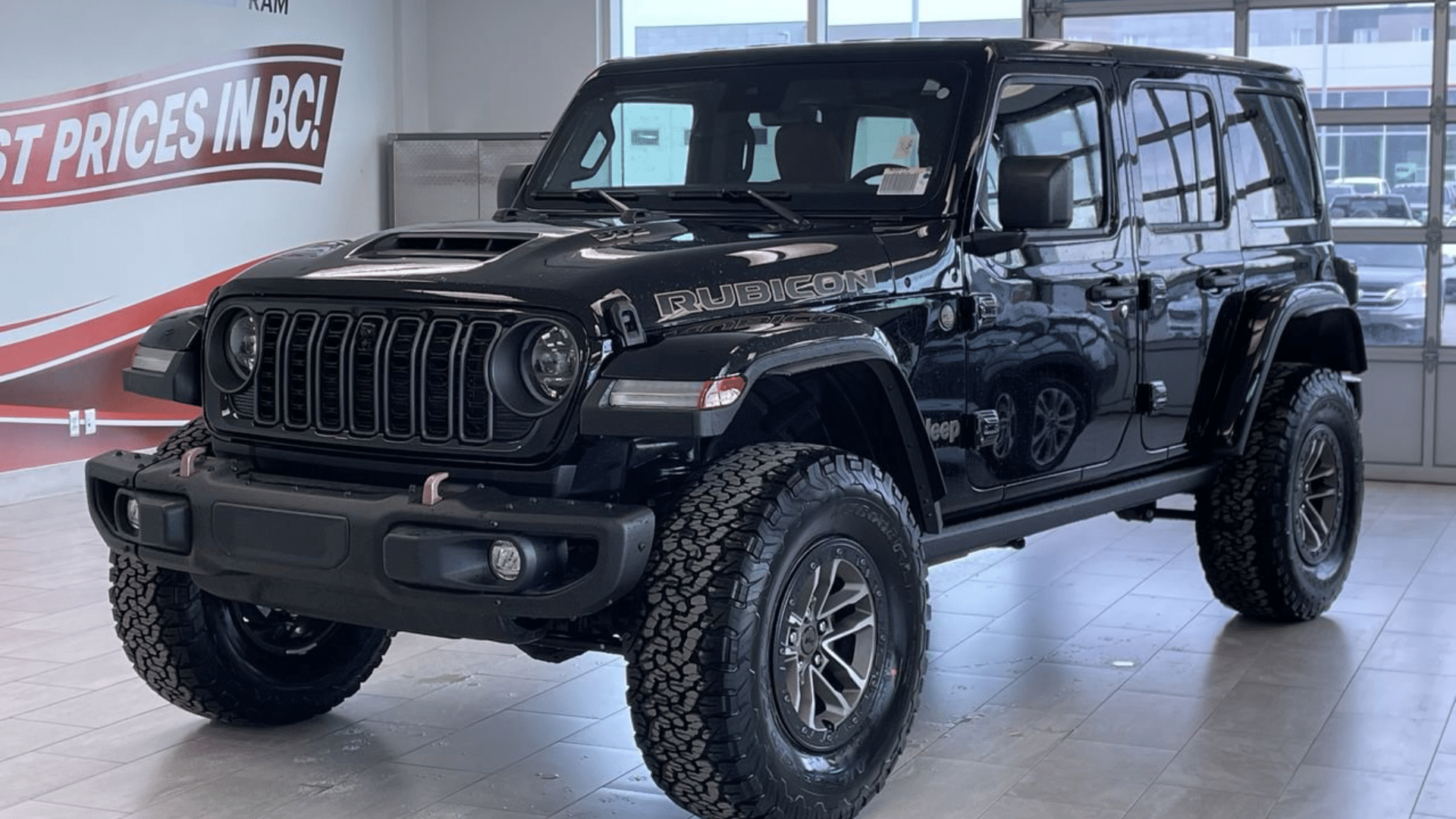
Your Jeep 392 isn’t just for looks; it’s built to handle real use. But it’s important to be clear about what it can safely tow before loading up for your next trip.
1. Small Campers and Trailers
Planning a simple weekend trip? Your 392 can tow most pop-up campers and small travel trailers.
These are the compact types that usually weigh between 2,000 to 3,000 pounds, making them a good match for light-duty towing.
Pro tip: Always check the total weight, including all your camping gear, inside the trailer.
2. Water Toys and Recreational Gear
Jet skis, ATVs, and small toy haulers? Your Jeep 392 can handle them without a problem.
A single jet ski with a trailer usually comes in around 1,500 to 2,000 pounds, which stays well within safe towing limits.
Love dirt bikes? You can easily pull a couple of these bad boys to your favorite trail.
3. Utility Trailers and Work Gear
Weekend trips or weekend jobs, your 392 can tow utility trailers carrying yard tools, landscaping equipment, bikes, or small construction materials.
It’s built to handle these common towing tasks.
Word of caution: Always weigh your total load. Those tools and bikes add up faster than you think.
4. What You Can’t Tow
If you’re planning to tow a horse trailer or a large RV, the 392 isn’t the right tool for the job. Heavy loads like that require a full-size truck with higher towing capacity.
The Jeep 392 is capable, but it has limits. It’s built for moderate towing, trailers, small campers, gear haulers, not oversized loads.
If you stay within those limits, it’ll serve you well for weekend trips and everyday hauling. Just make sure the trailer weight fits the specs, and you’ll have a dependable setup for the long run.
Conclusion
Your Jeep 392 is strong when it comes to towing, but it has its limits.
With a towing capacity of around 3,500 pounds, it’s great for weekend trips and small trailers, not for heavy-duty or long-distance hauling.
Remember these key points:
- Always check the total weight
- Respect your vehicle’s limits
- Double-check before you hitch up
Towing smart comes down to a few basics: know your limits, understand what your Jeep 392 can handle, and load with care. It’s a powerful machine, but even tough rigs have their limits.
A well-maintained Jeep lasts longer and works better. Take good care of yours, and it will be a reliable partner for many adventures.
Your Jeep 392 is powerful and capable, but understanding its limits helps keep it safe and in good shape over time.


